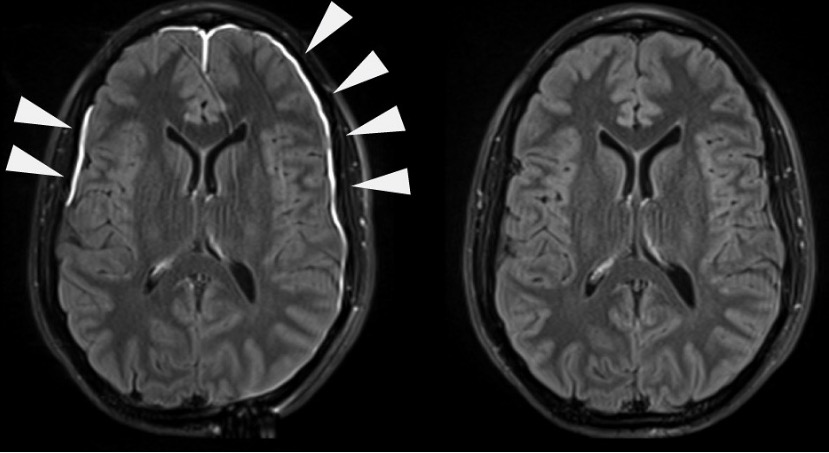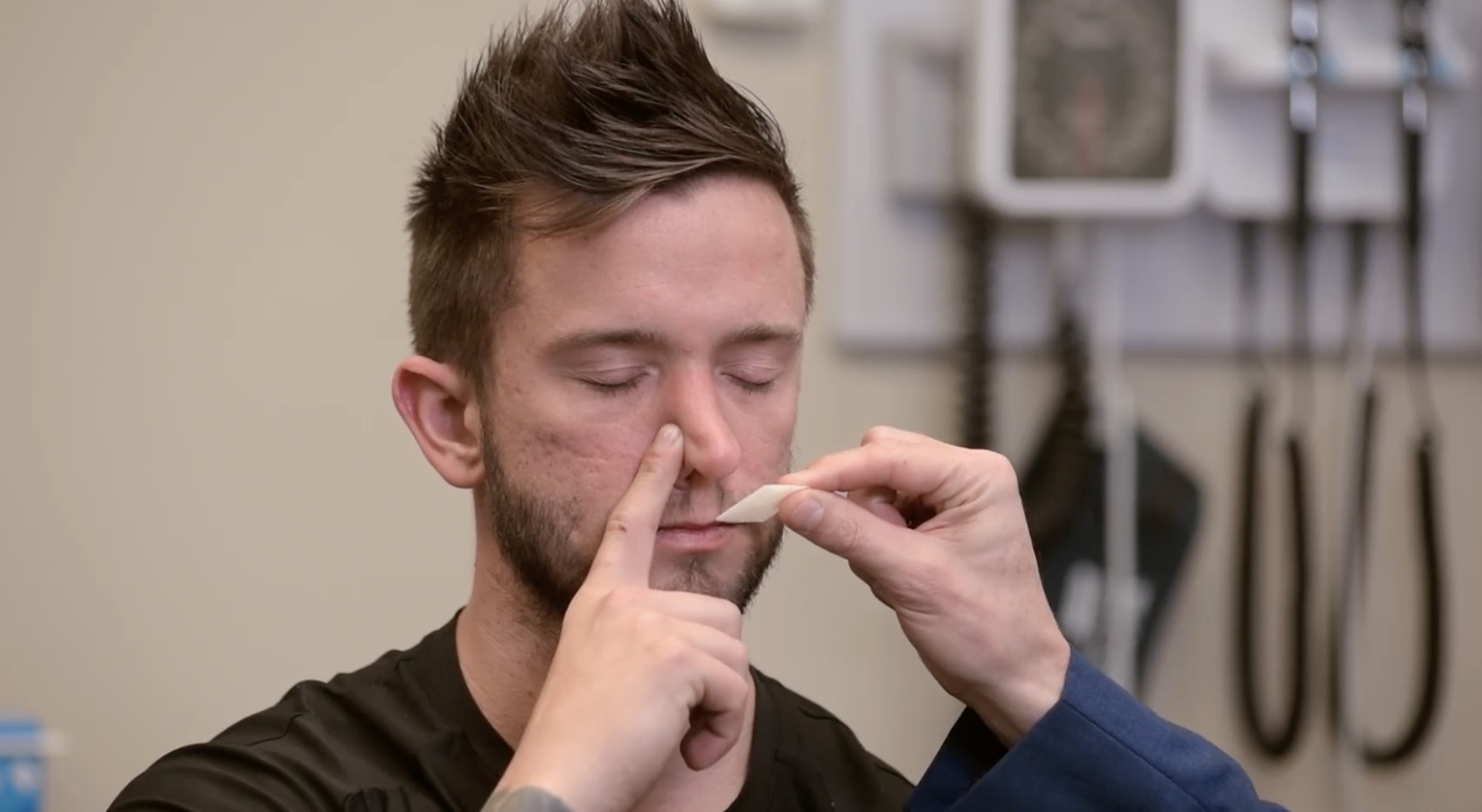Playlist
Show Playlist
Hide Playlist
Physical Findings in Meningitis
-
Reference List Physical Examination.pdf
-
Download Lecture Overview
00:00 The last thing we're going to do in our comprehensive neurologic exam is just take a look at some of the findings that help us to diagnose bacterial meningitis because this is such an important condition to diagnose and there are several different tests that folks use at the bedside to do that. So now we're going to look at 3 specific tests that help us to look for bacterial meningitis and all of them involved this idea that when you have bacterial meningitis there is diffuse inflammation in your meninges and particularly within the subarachnoid space and anything we do that tugs on the spinal cord or the spinal nerves is going to irritate in that area and cause the patient discomfort and they may resist whatever motion that we're doing. So we're going to start off with the Kernig's test and that starts off with just flexing the hip. "You can keep your knee flexed." And what I'm going to do is just extending the knee like so. A patient who has bacterial meningitis will resist my extension of his knee because that similar to a straight leg raise I am stretching the sciatic nerves heading down his leg. The next test is the Brudzinski test, and it's done in concert with assessing for nuchal rigidity or neck stiffness. So, I'm going to test for neck stiffness and we'll add the Brudzinski portion afterwards. Neck stiffness is very straightforward, it's a passive test, meaning I'm doing the work. "I'm just going to lift up your head Sean. I'm going to bring it up to your chest." So bring his chin to his chest. A patient who has nuchal rigidity will resist that, they will basically extend their neck and resist my flexion of his neck. That would be positive nuchal rigidity which is of the 3 tests that's the most useful the Brudzinski test would be if while flexing his neck he bends his knee, basically flexes his knee in his hip, that would basically be the Brudzinski sign. And again, it has to do with trying to shorten the length of the spinal nerves as I'm flexing his spinal cord around his neck when I flex his neck. Now, even though I've just gone through those 3 components I just want to add that they don't have a lot of specificity or sensitivity and instead if you're concerned about bacterial meningitis you're going to have to do that lumbar puncture anyway, but you'll oftentimes here about the Kernig and Brudzinski so I thought it was worth covering to make sure you're familiar with those maneuvers.
About the Lecture
The lecture Physical Findings in Meningitis by Stephen Holt, MD, MS is from the course Examination of the Nervous System.
Included Quiz Questions
How do you perform Kernig’s test in a patient with suspected meningitis?
- With the patient supine, flex the leg at the hip and then extend the knee.
- With the patient supine, flex the neck with the chin toward the chest.
- With the patient standing, ask them to close their eyes and stand with their feet together.
- With the patient prone, extend their neck backward by one inch.
- With the patient standing, flex their neck with the chin toward the chest.
Customer reviews
5,0 of 5 stars
| 5 Stars |
|
1 |
| 4 Stars |
|
0 |
| 3 Stars |
|
0 |
| 2 Stars |
|
0 |
| 1 Star |
|
0 |
hjjiik knn iunijii iniuii iniojiojn iugb6d54 tyyu7uyb nojmokmp jojoij





